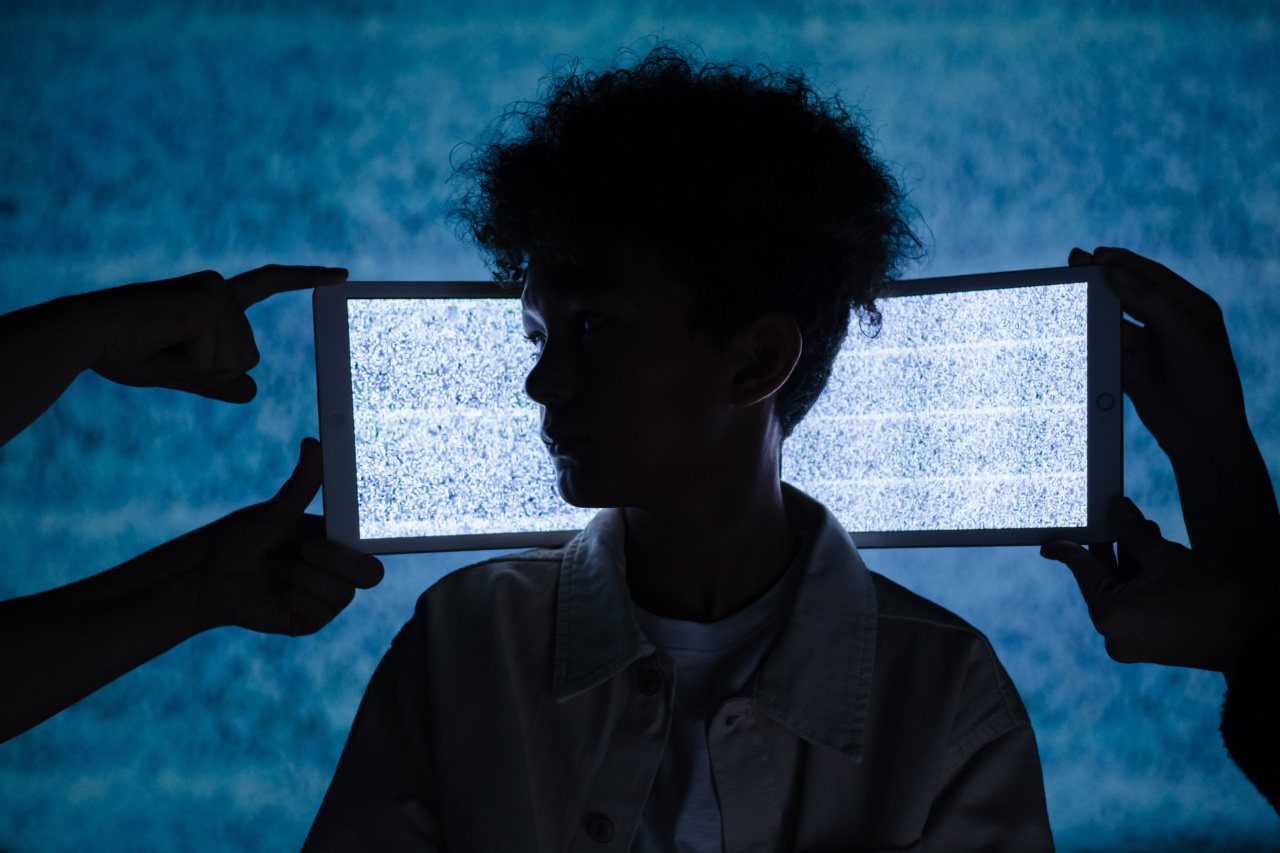In today’s digital age, screens and electronic devices have become an integral part of our lives. From smartphones and tablets to computers and video game consoles, these gadgets offer a world of entertainment and information at our fingertips.
However, this excessive screen time is wreaking havoc on the delicate bones and muscles of children. In this article, we will explore the damaging effects of screens on kids’ bones and muscles and discuss ways to mitigate these effects.
1. Sedentary Lifestyle
One of the main reasons why screens are damaging kids’ bones and muscles is the sedentary lifestyle they promote.
With hours spent in front of screens, children are missing out on physical activities that are crucial for their bone and muscle development. Regular exercise and outdoor play help strengthen bones and muscles, enhance coordination, and maintain a healthy weight. Unfortunately, excessive screen time often replaces these essential activities.
2. Poor Posture
Another way screens contribute to bone and muscle damage in children is through poor posture. Spending prolonged periods hunched over screens can lead to postural problems, including rounded shoulders, forward head posture, and a curving spine.
These poor posture habits put excessive strain on the muscles and skeletal system, causing discomfort and potentially leading to long-term musculoskeletal issues.
3. Vision Problems
While not directly related to bones and muscles, vision problems resulting from excessive screen time can indirectly impact a child’s overall physical health.
Poor vision can lead to difficulties in participating in physical activities and may hinder hand-eye coordination. Furthermore, strained eyes can contribute to headaches and fatigue, making it even more challenging for kids to engage in physical play that promotes bone and muscle development.
4. Decreased Bone Density
Regular weight-bearing exercises, such as running and jumping, are crucial for developing strong bones in children. However, excessive screen time means less time engaging in these weight-bearing activities.
As a result, children may experience decreased bone density, increasing their risk of fractures and conditions like osteoporosis later in life.
5. Muscle Weakness
Screen time often involves being in a stationary position, which leads to muscle weakness and decreased muscle mass. The lack of movement prevents children from building necessary muscle strength and endurance.
Weak muscles can lead to difficulties in performing everyday tasks, participating in sports, and maintaining proper posture, further exacerbating the damaging effects of screens on bones and muscles.
6. Impact on Motor Skills
Motor skills are vital for children’s physical development. Fine motor skills, such as writing and manipulating objects, and gross motor skills, including running and balancing, are both affected by excessive screen time.
The lack of physical movement and engagement hampers the development of these skills, leading to delays or difficulties in coordination and overall physical dexterity.
7. Increased Risk of Obesity
Excessive screen time is often associated with a sedentary lifestyle, leading to a higher risk of obesity in children. Obesity puts additional strain on the bones and muscles, making them more susceptible to injury.
Furthermore, excess body weight can lead to imbalances and misalignment in the musculoskeletal system, causing discomfort and potential long-term damage.
8. Mental Health Impact
The negative impact of excessive screen time on mental health is well-documented, but it can also indirectly affect children’s bones and muscles.
Mental health conditions like anxiety and depression can lead to decreased physical activity and motivation to engage in physical play. The lack of movement and exercise further contributes to bone and muscle weakness and overall physical health deterioration.
9. Lack of Sun Exposure
Time spent indoors with screens often means limited exposure to natural sunlight. Sunlight is crucial for the production of vitamin D, which is essential for calcium absorption and healthy bone development.
Insufficient sun exposure can hinder bone mineralization and lead to weak and brittle bones in children.
10. Solutions to Mitigate the Damage
While screens have become an unavoidable part of modern life, there are measures parents and caregivers can take to mitigate the damage to kids’ bones and muscles:.
a. Limit screen time:
Set clear rules and restrictions on screen time, and encourage children to engage in other activities like outdoor play, sports, and hobbies that promote physical health.
b. Encourage regular exercise:
Make physical activities an essential part of children’s routines. Encourage activities that promote bone and muscle development, such as running, jumping, and strength training exercises.
c. Promote good posture:
Teach children about proper posture and the importance of taking breaks from screens to stretch and reset their body positions. Invest in ergonomic furniture and accessories that support good posture.
d. Take regular breaks:
Encourage children to take frequent breaks from screens. Use the 20-20-20 rule, in which every 20 minutes, they look away from the screen at an object 20 feet away for 20 seconds to reduce eye strain and muscle fatigue.
e. Create device-free zones:
Designate certain areas or times in the house as device-free zones, such as the dining area or an hour before bedtime. This promotes healthier habits and encourages alternative activities.
f. Encourage outdoor play:
Expose children to natural environments and encourage outdoor play. Activities like climbing, biking, and swimming promote both physical and mental well-being while strengthening bones and muscles.
g. Set a good example:
Children learn by observation, so it’s crucial for parents and caregivers to set a good example. Limit your own screen time, be active, and engage in physical activities together as a family.
h. Ensure a balanced diet:
Provide children with a well-balanced diet rich in calcium, vitamin D, and other essential nutrients for bone health. Consult a healthcare professional or a registered dietitian for dietary recommendations specific to your child’s needs.
i. Regular check-ups:
Regularly visit healthcare professionals for check-ups and screenings to monitor your child’s bone and muscle health. Early intervention can help identify and address any potential problems.
By being mindful of the detrimental effects of excessive screen time and implementing these solutions, parents and caregivers can help protect their children’s bones and muscles, promoting their overall physical health and development.































